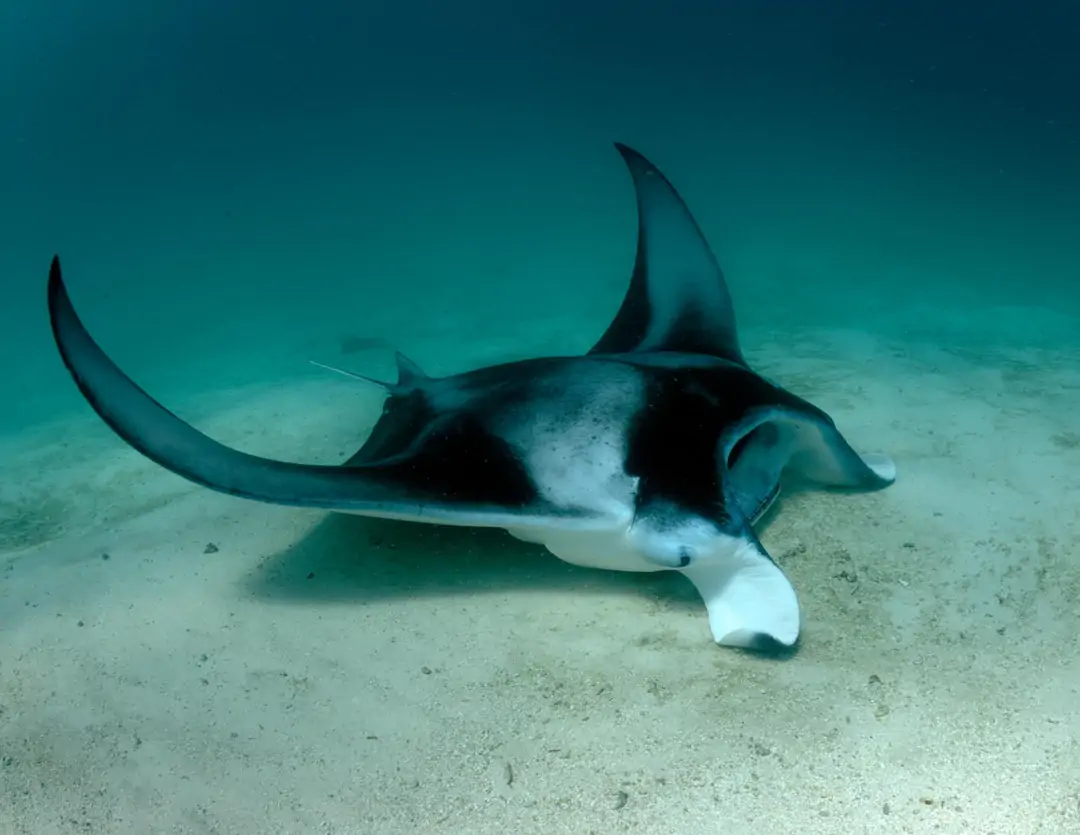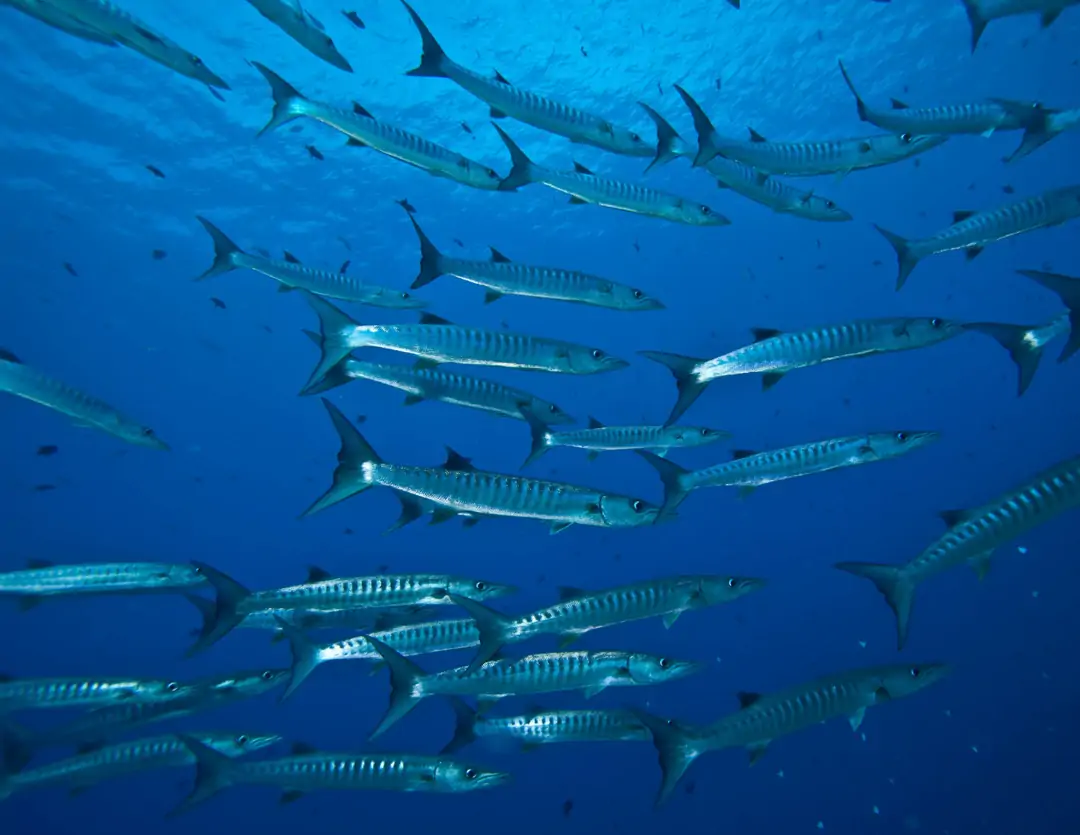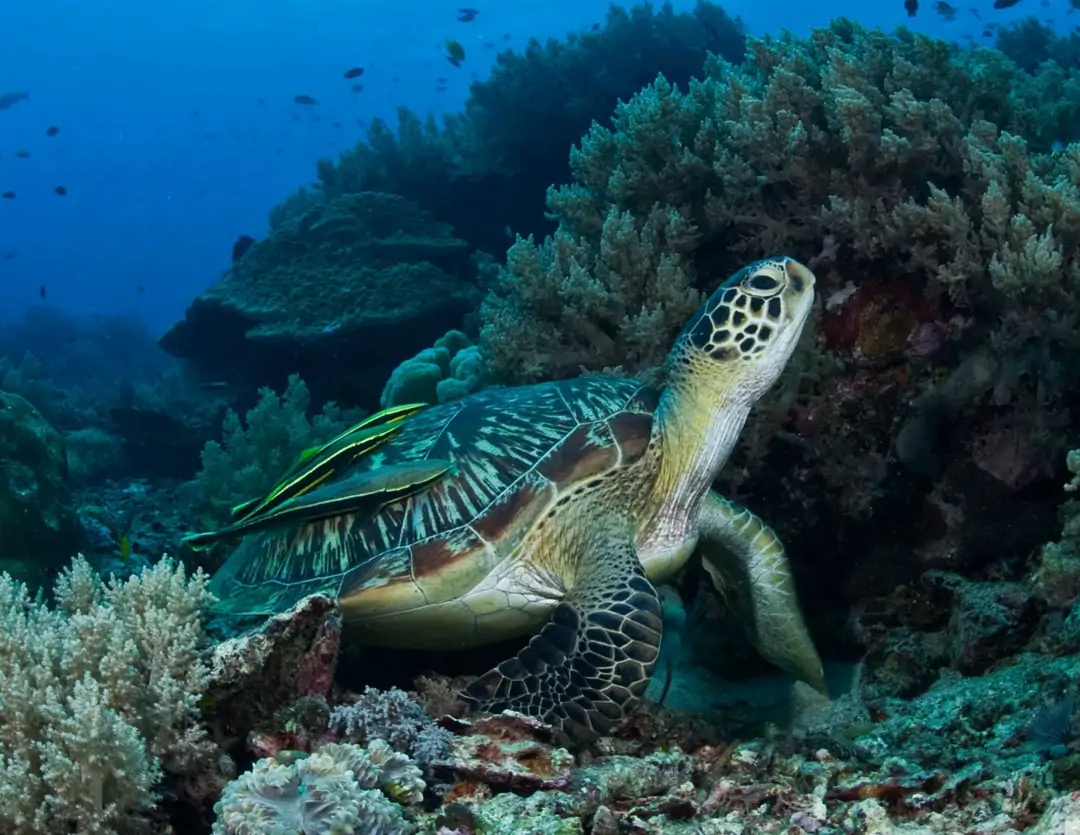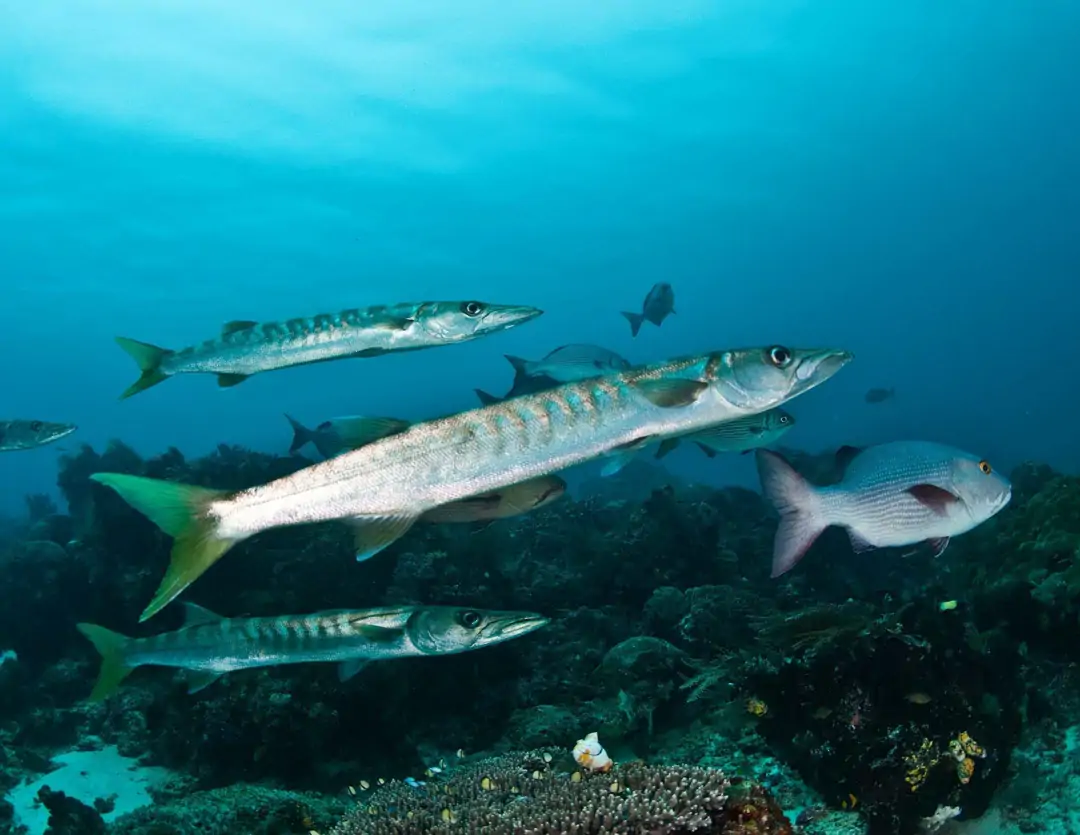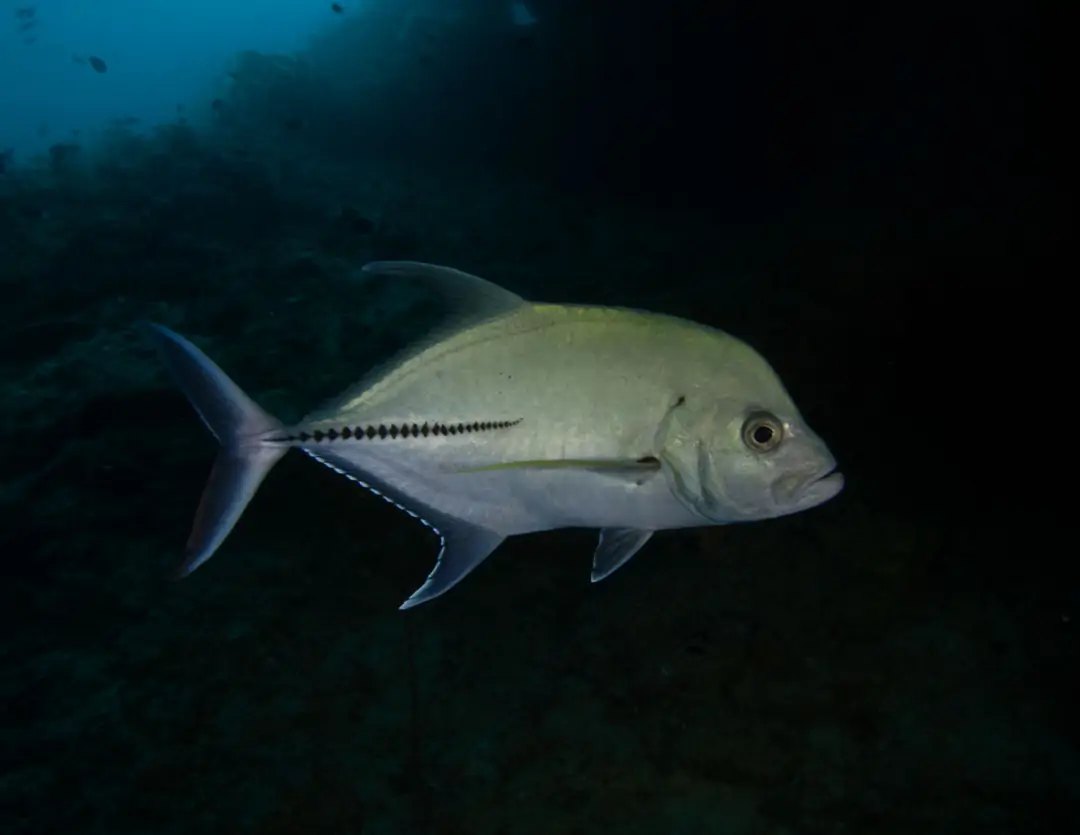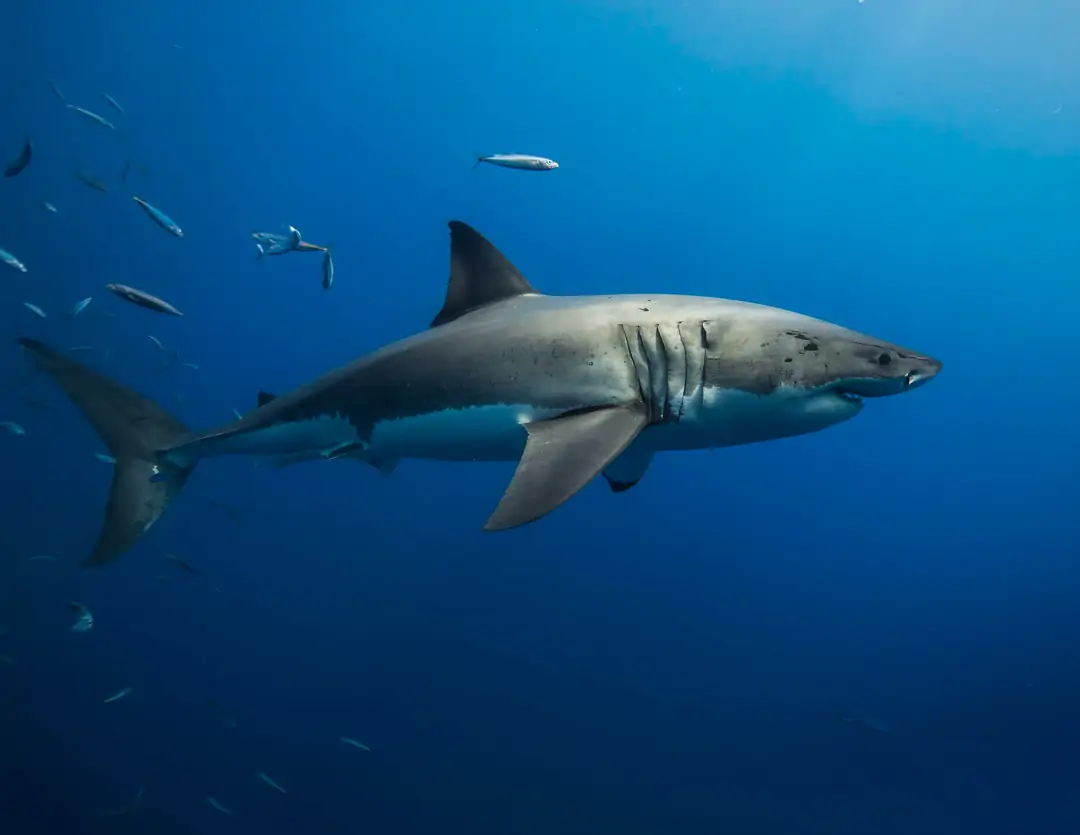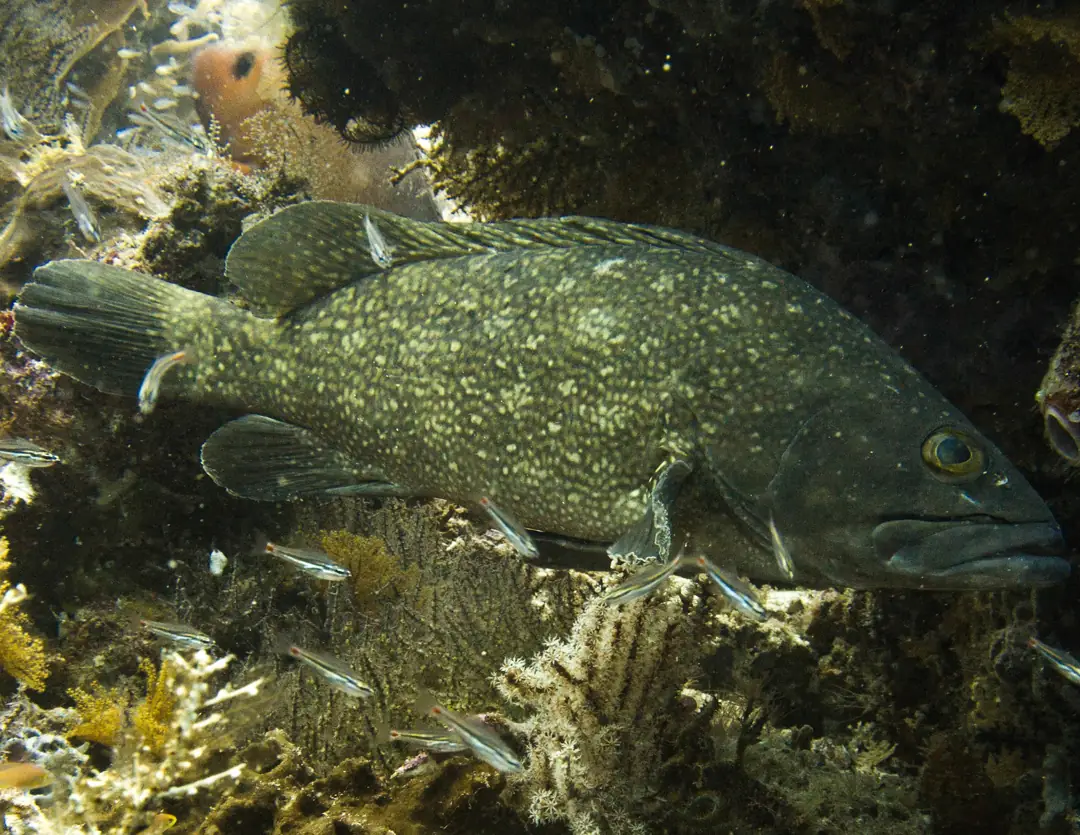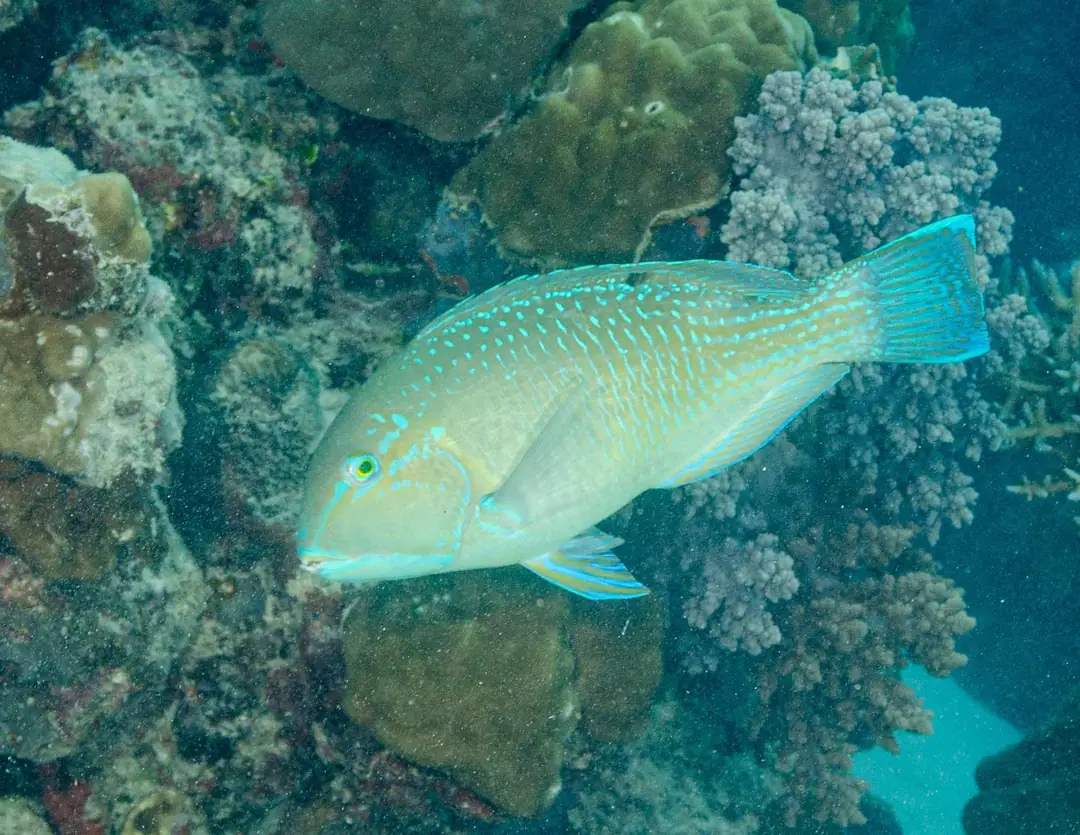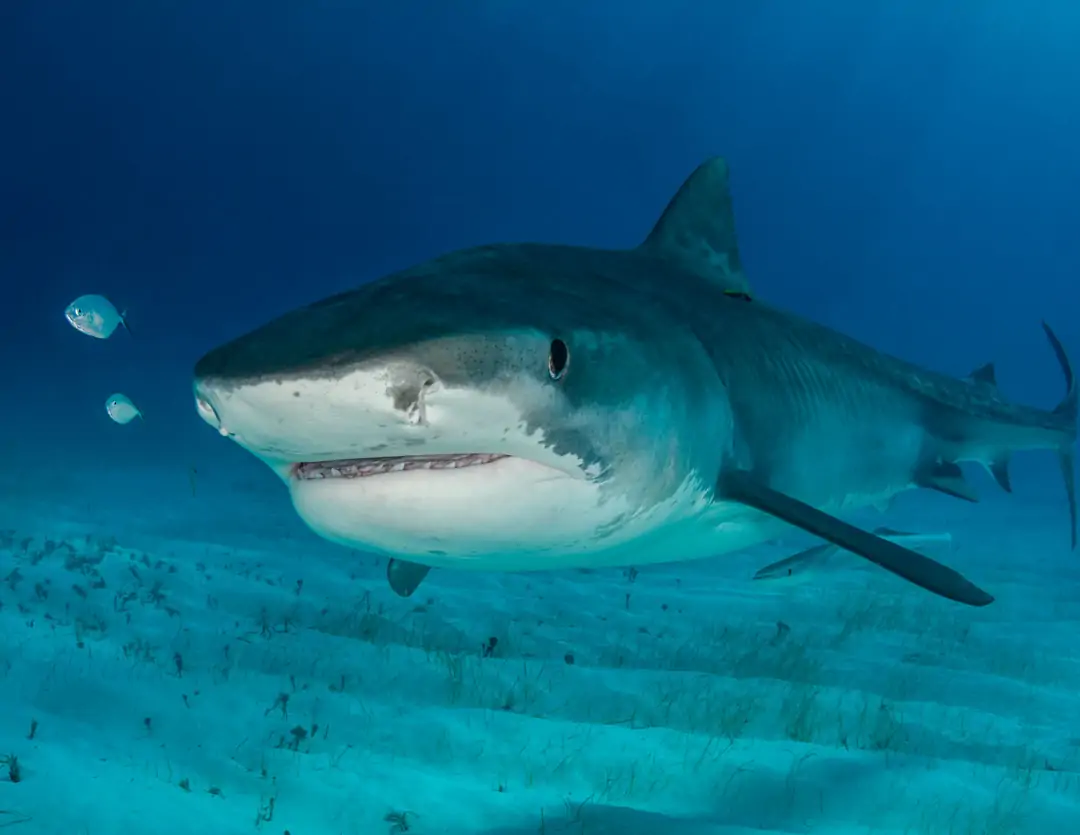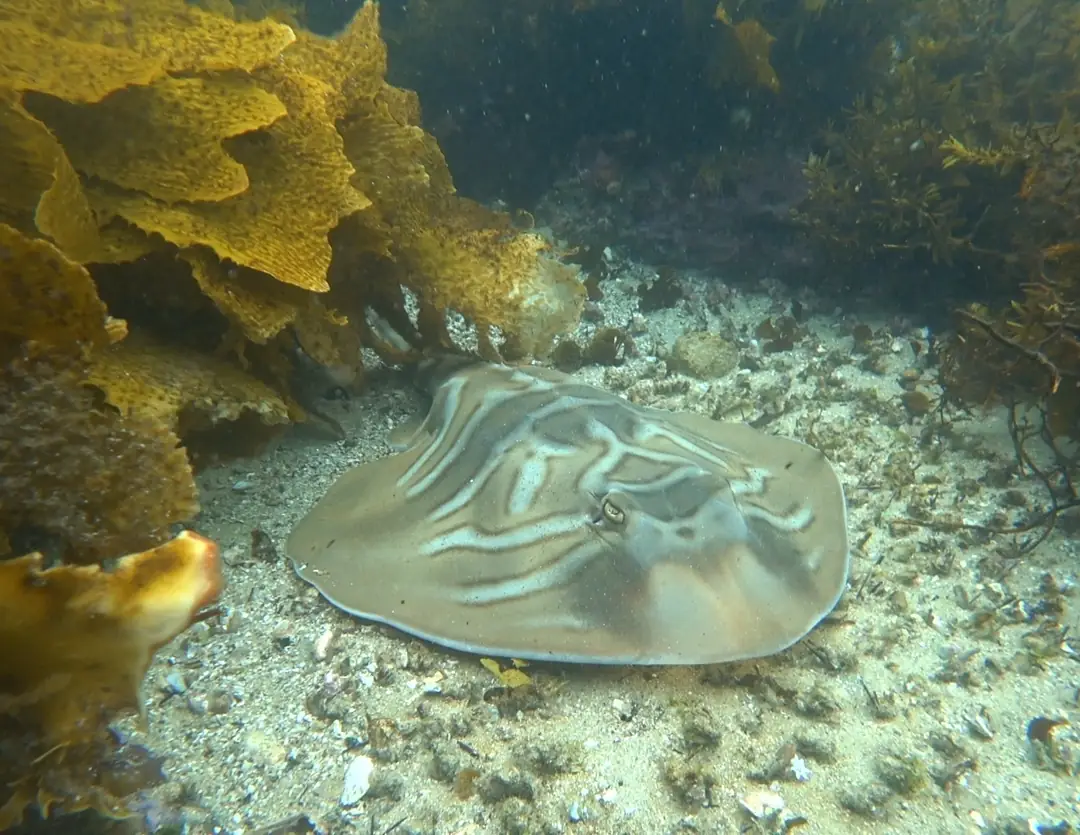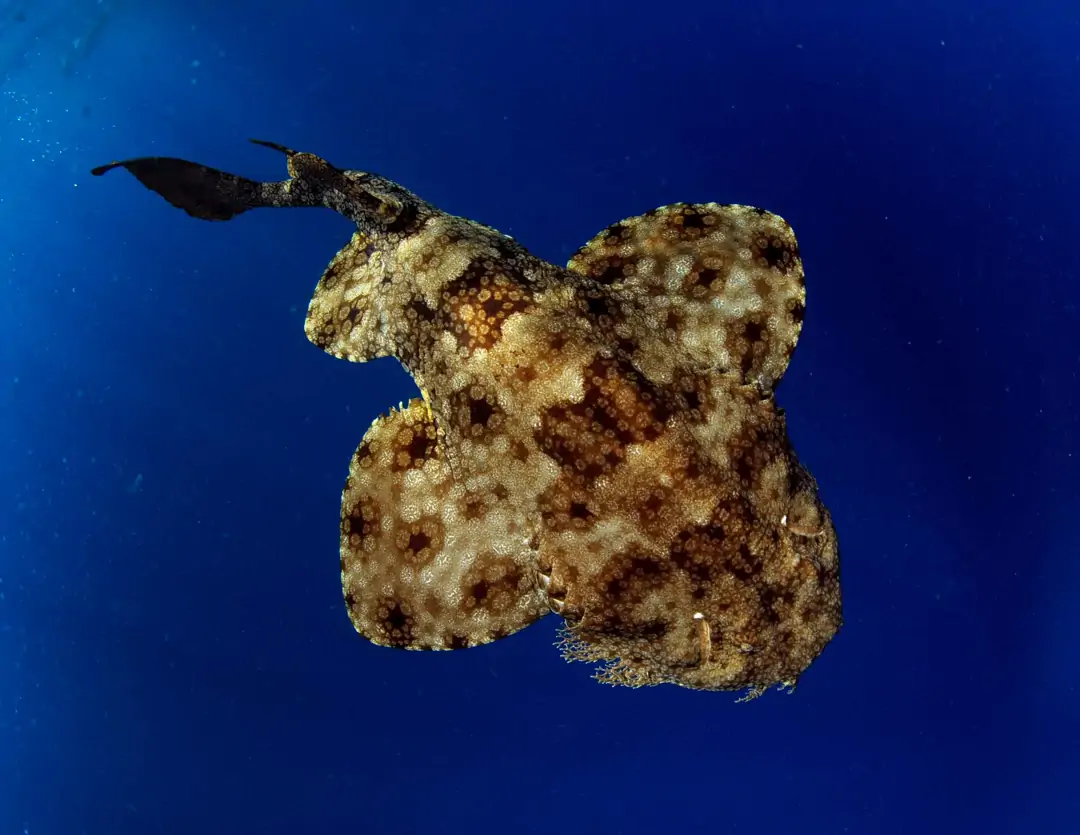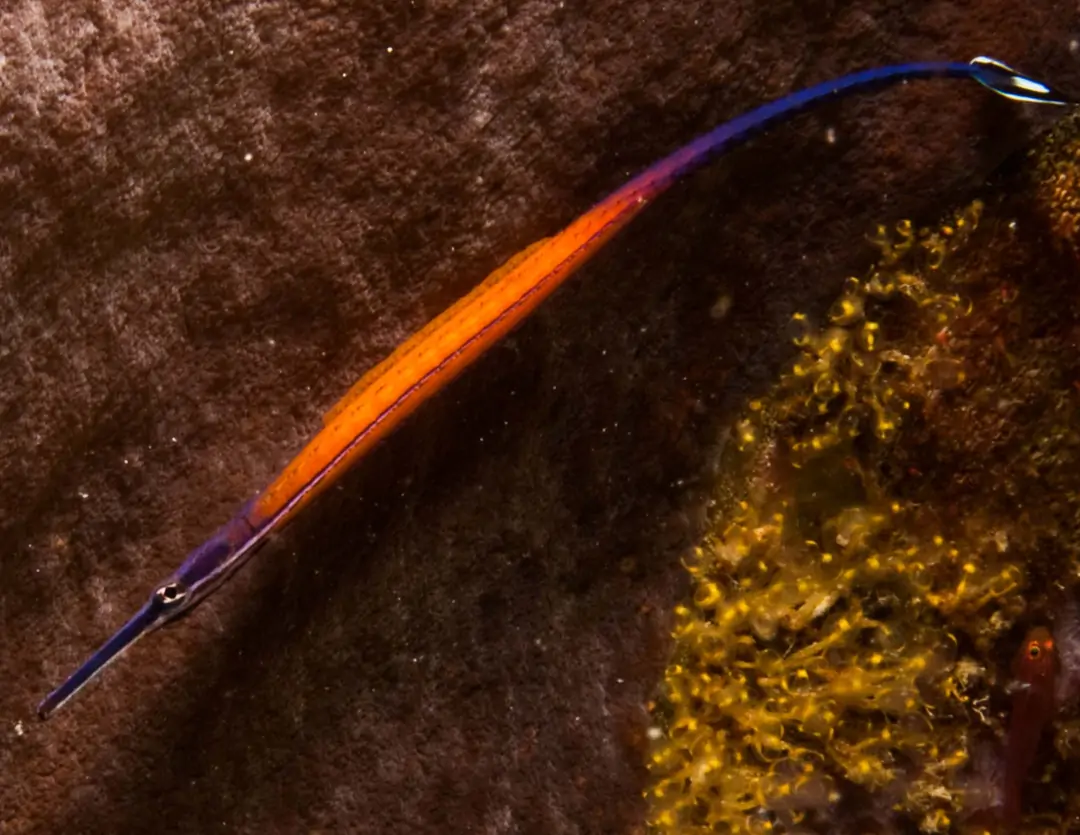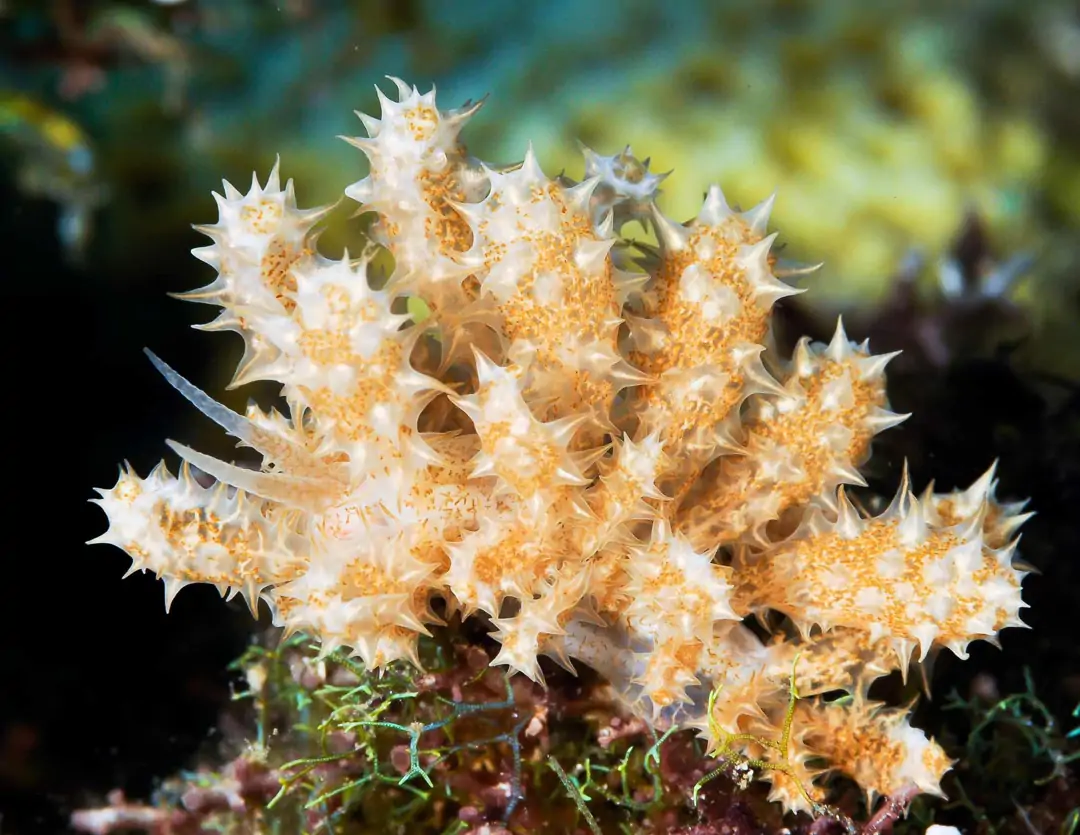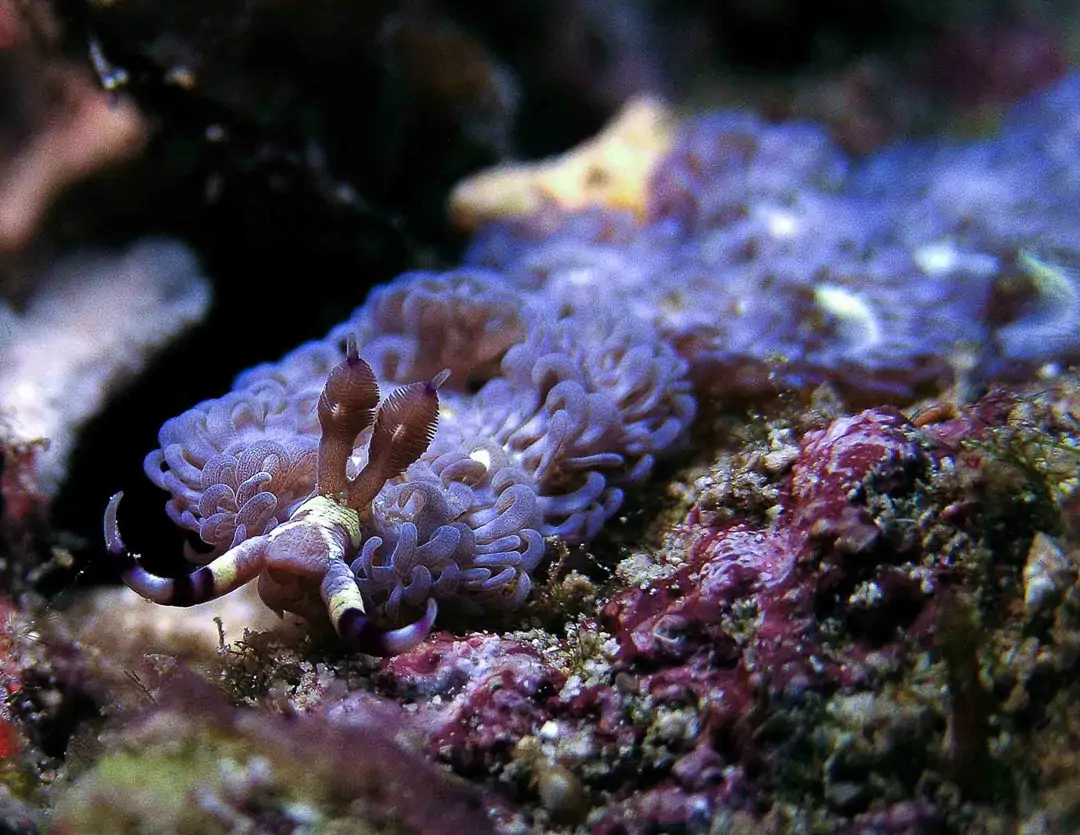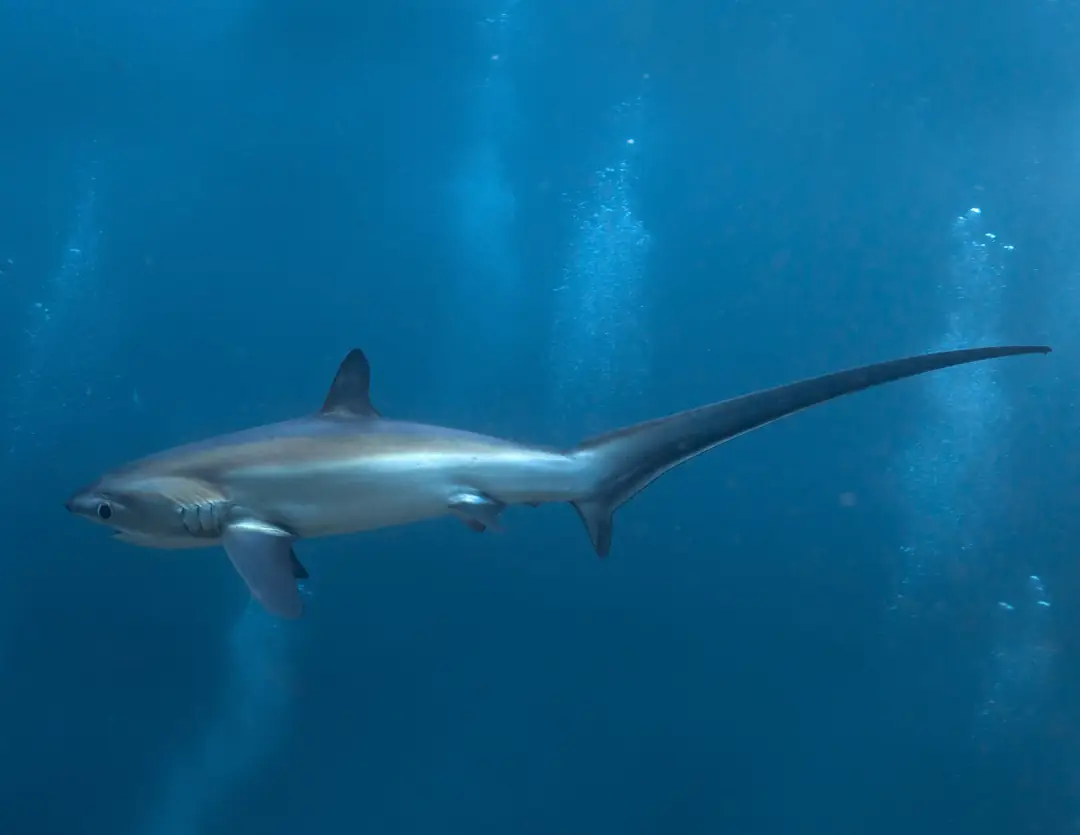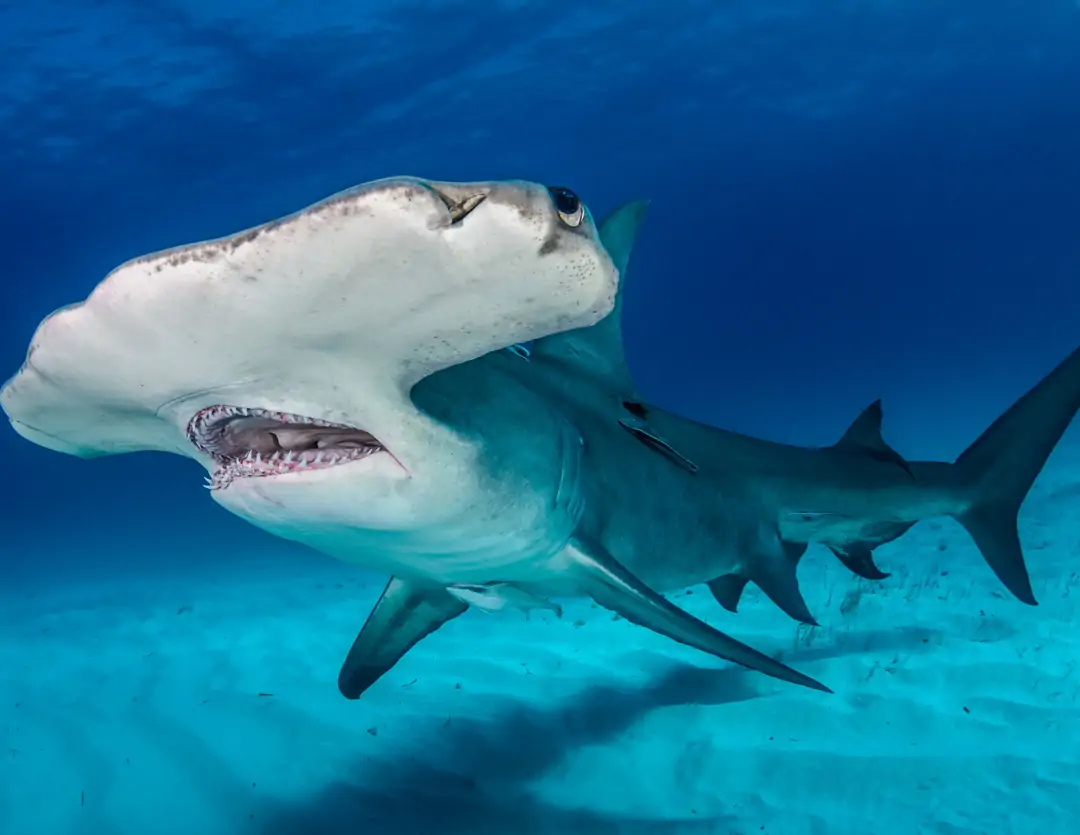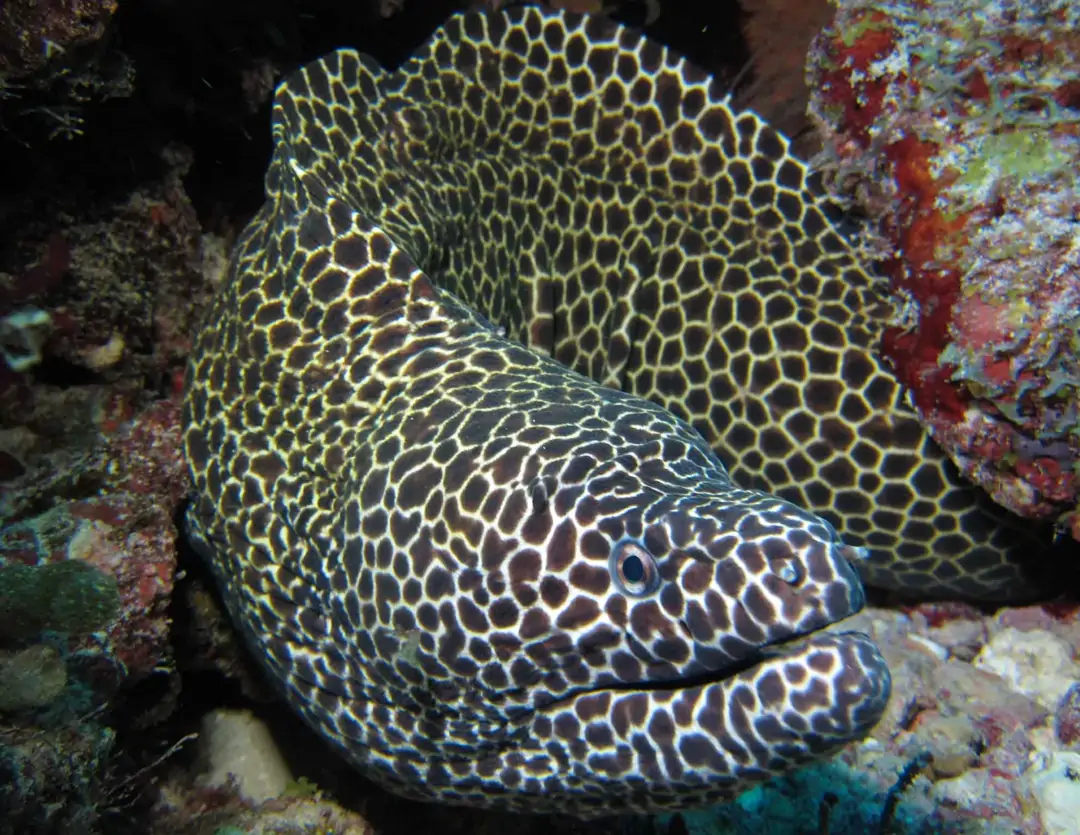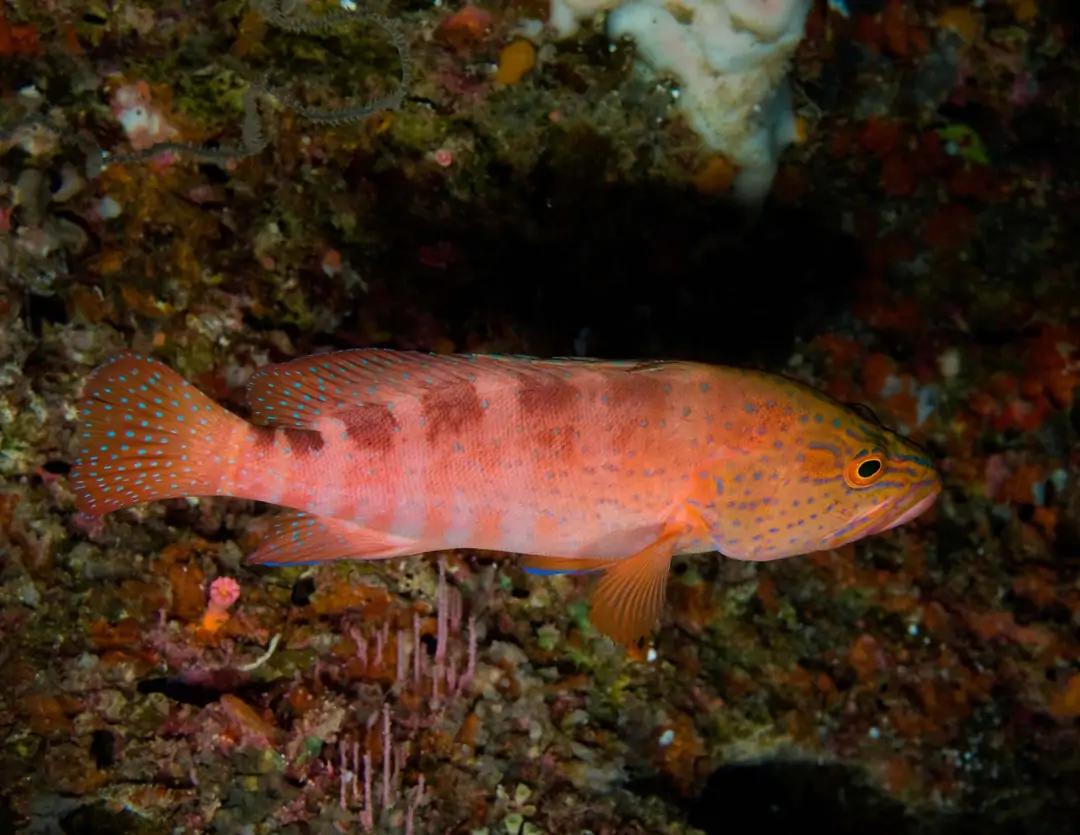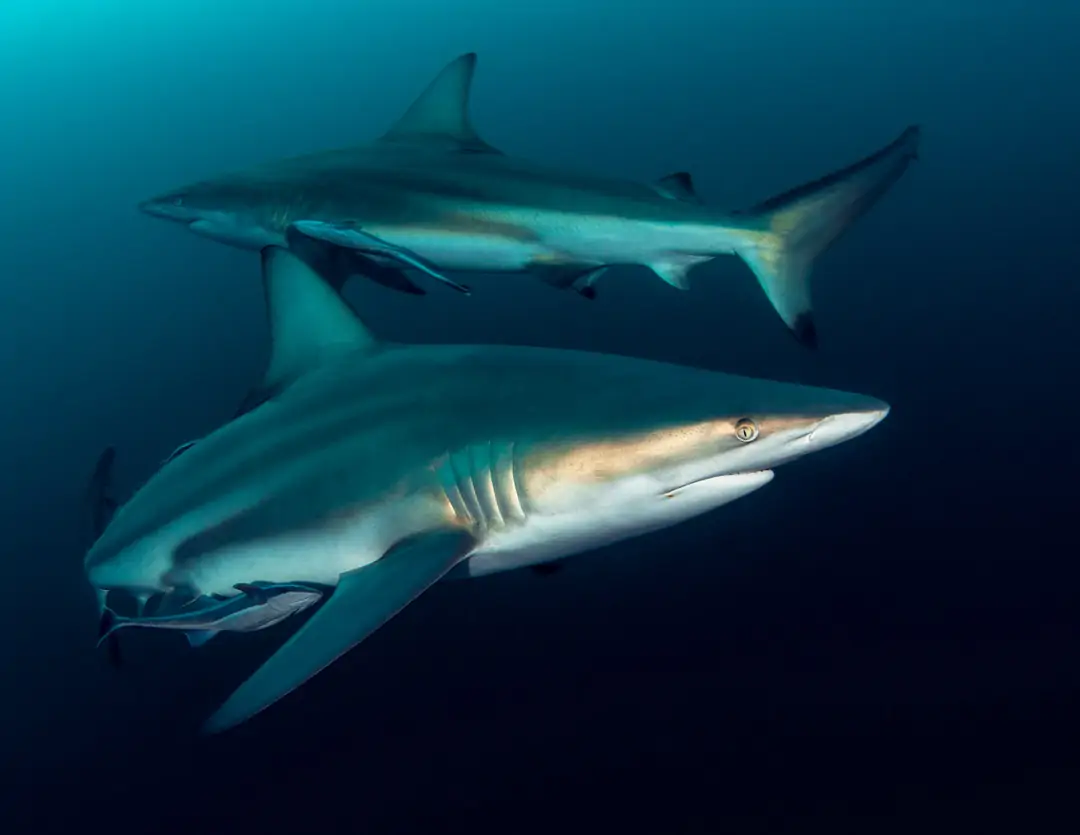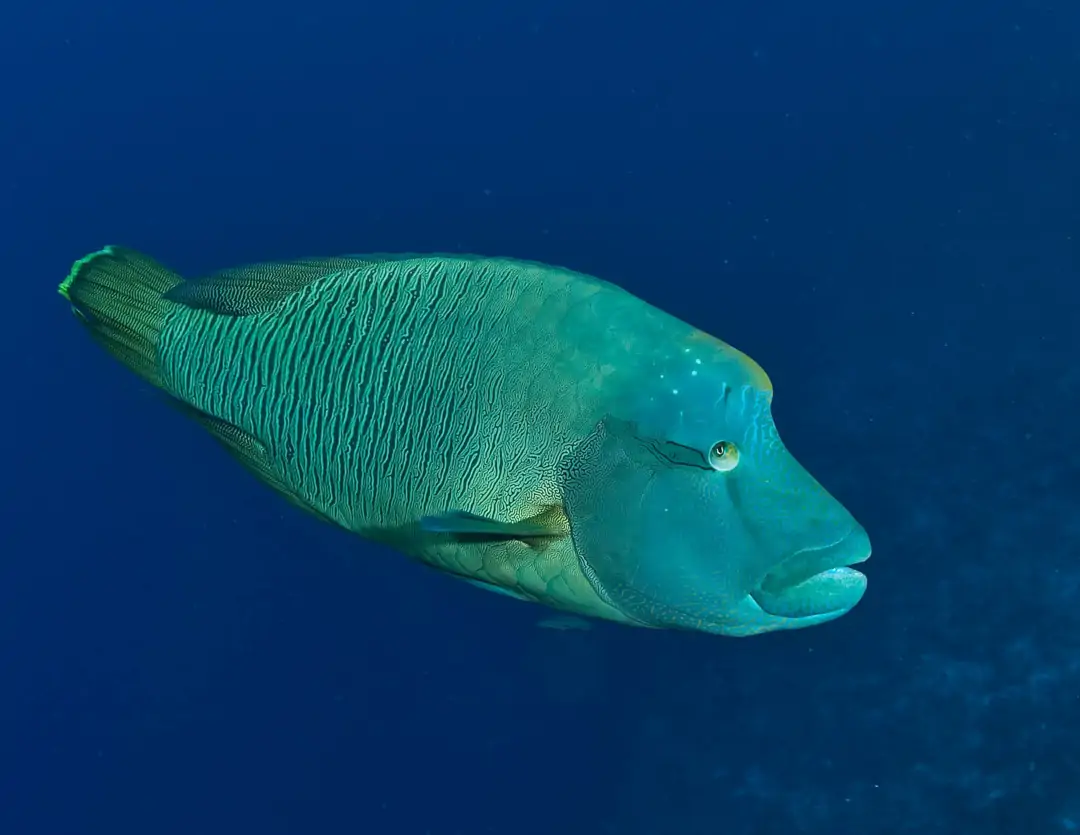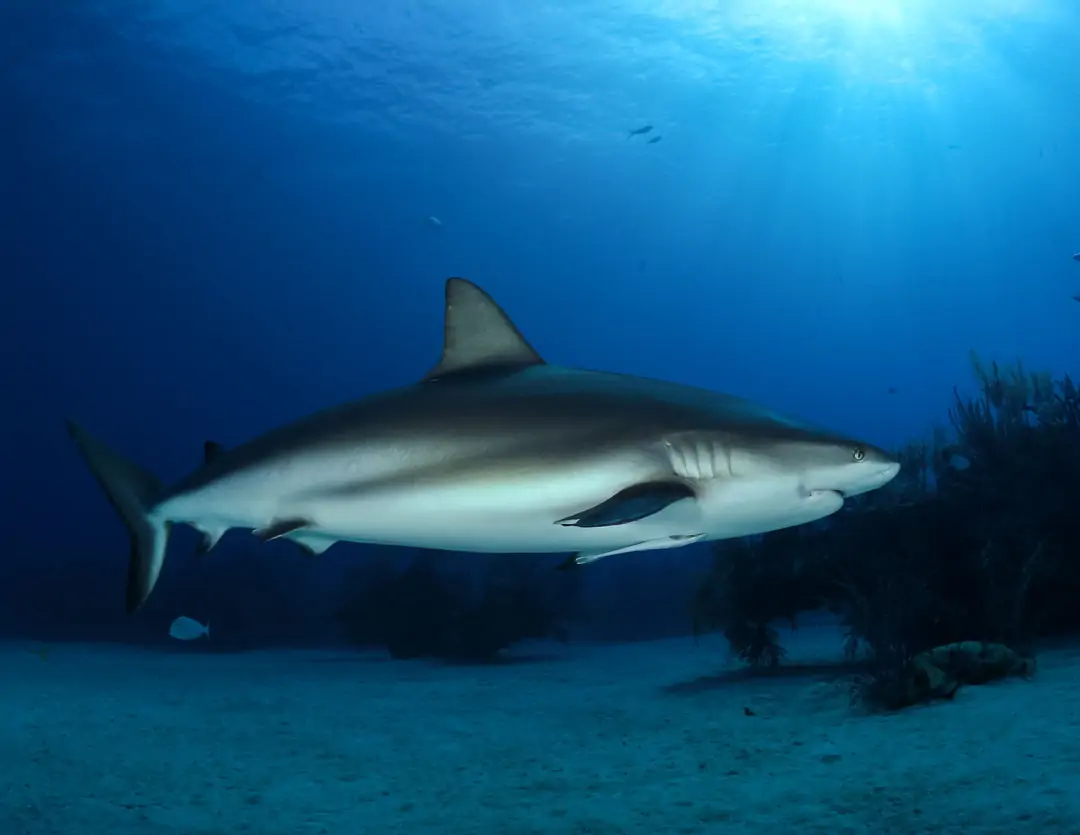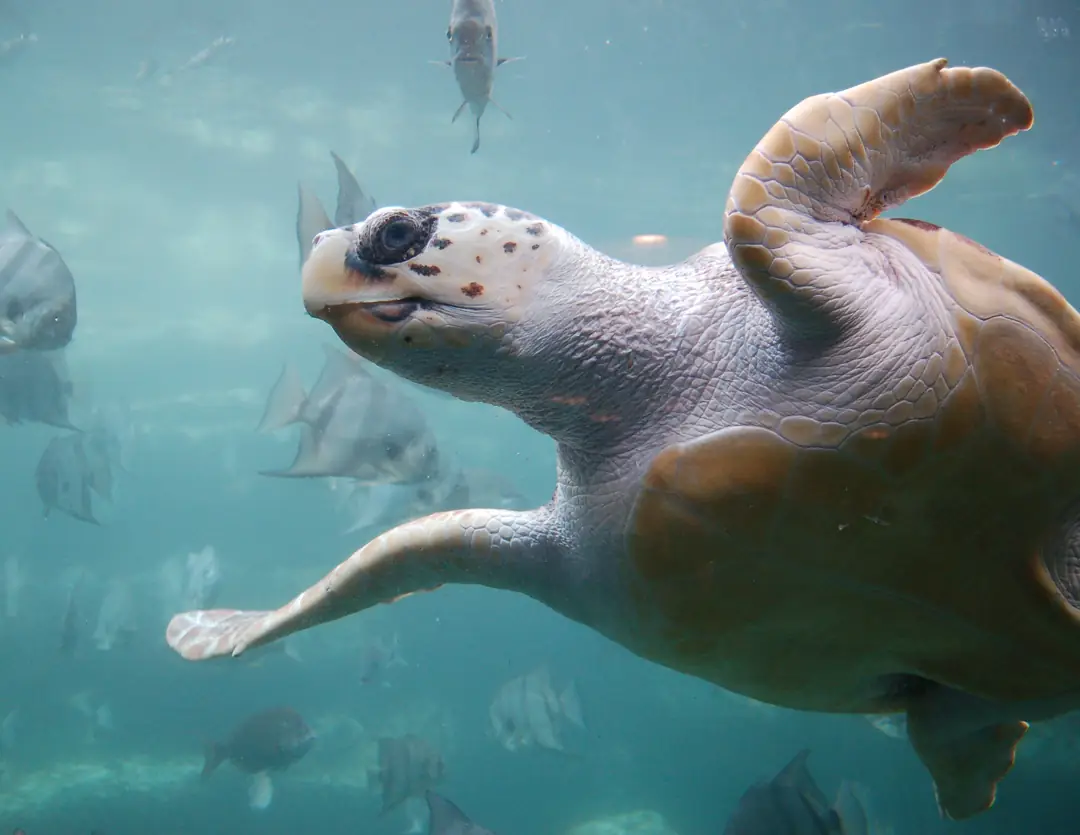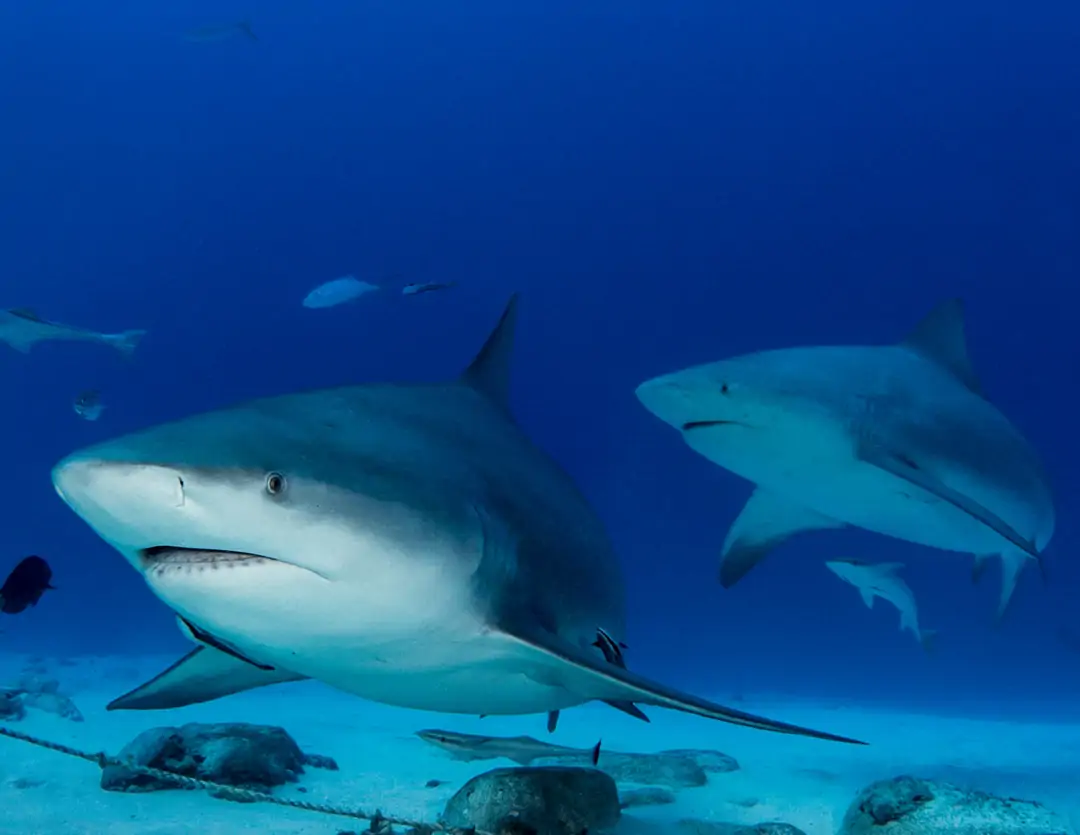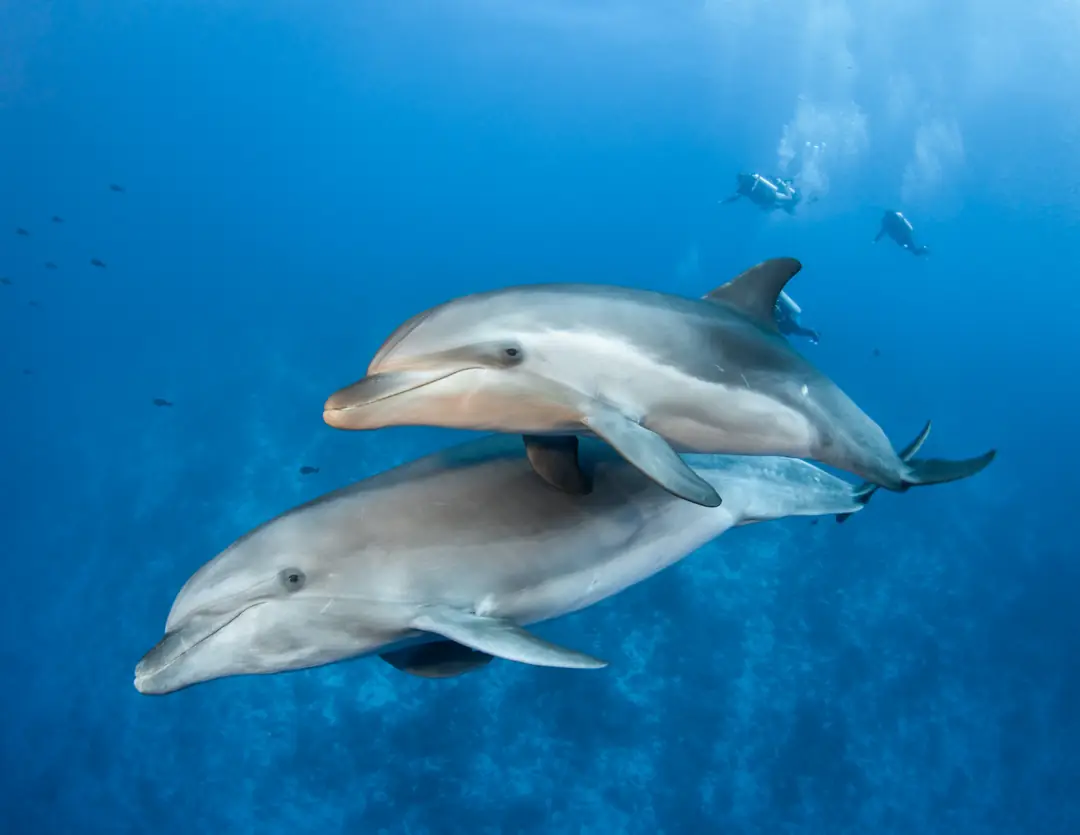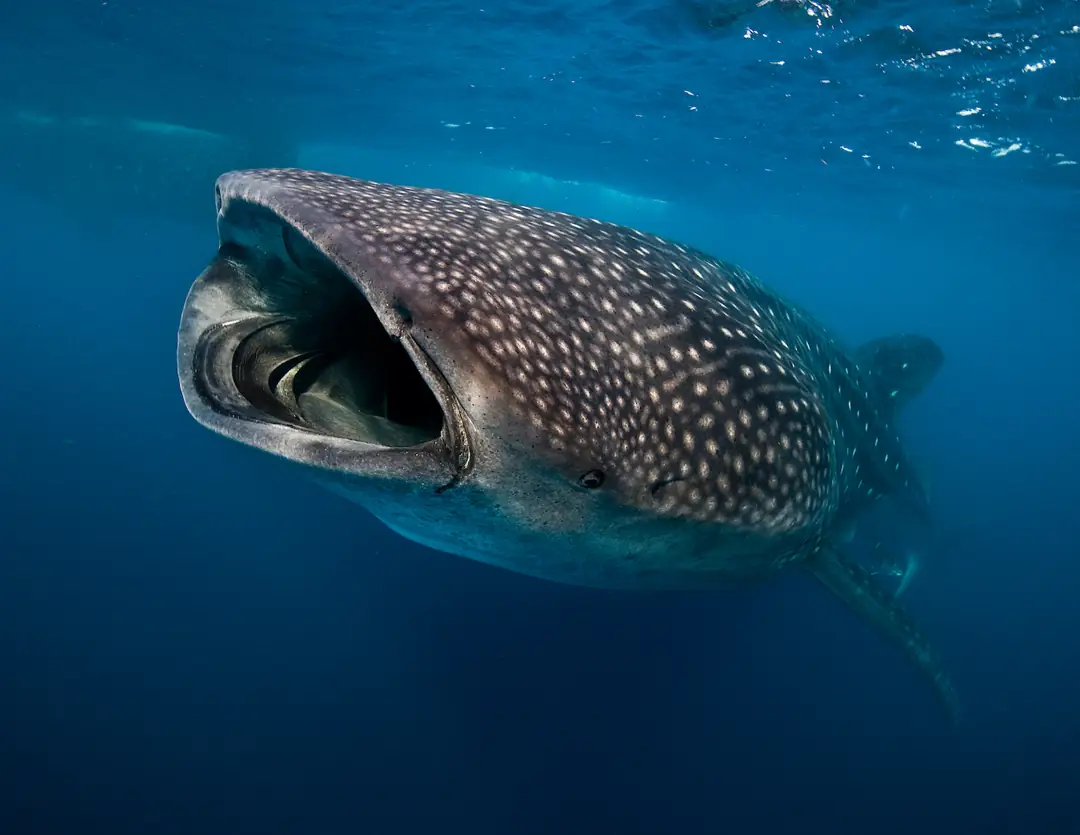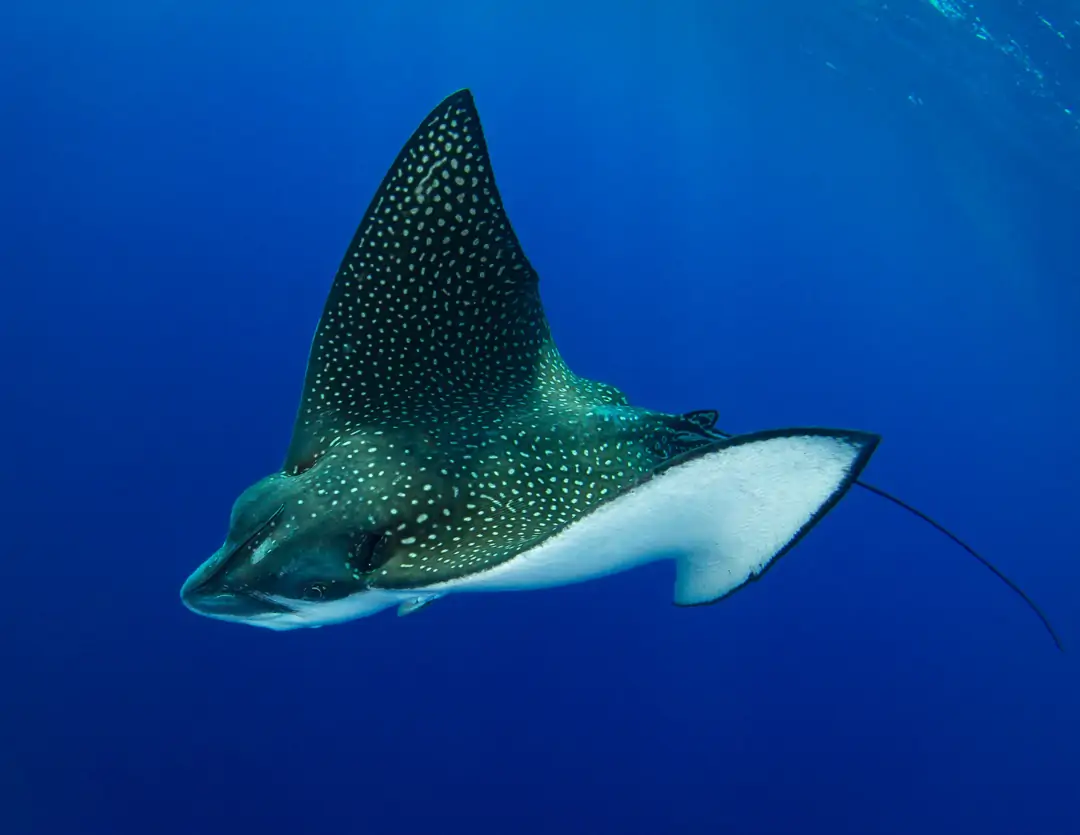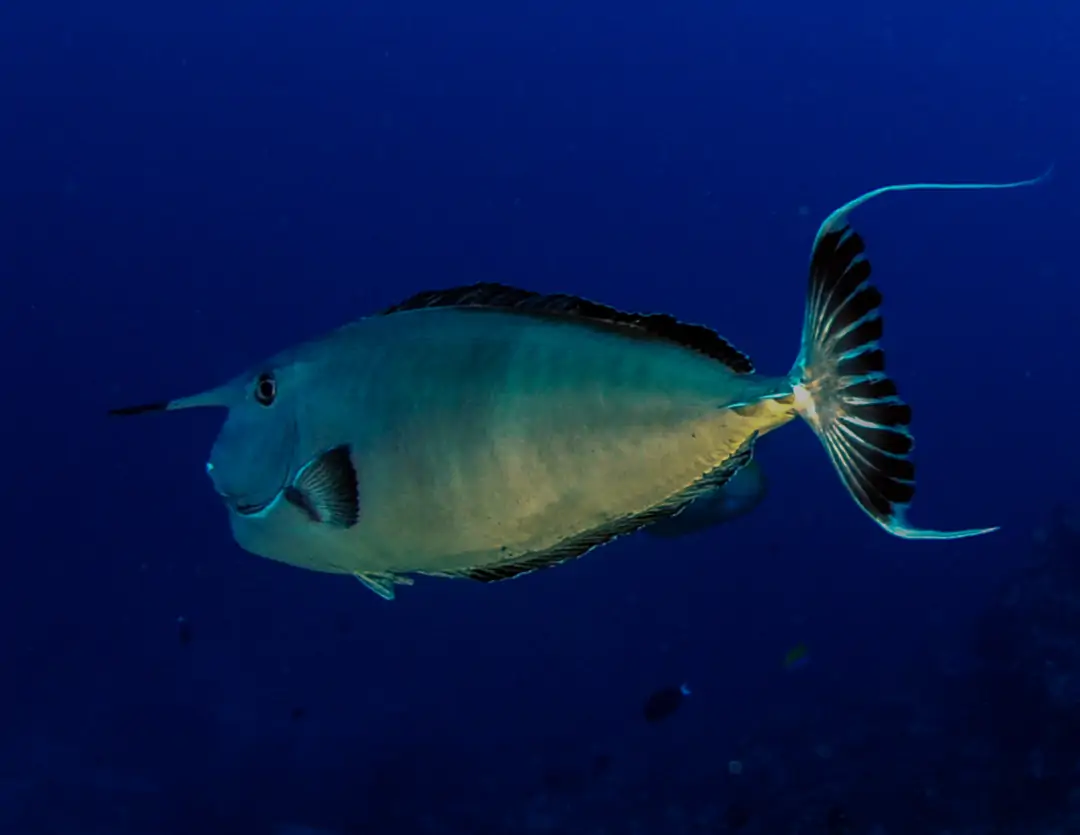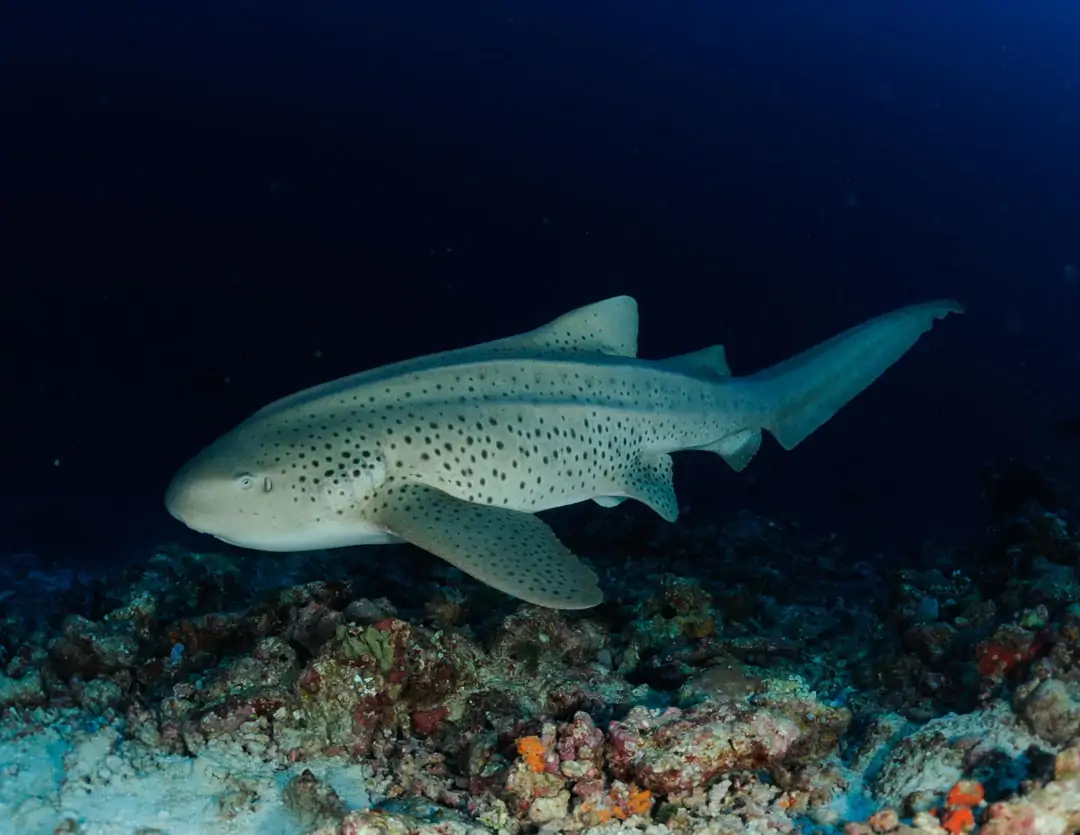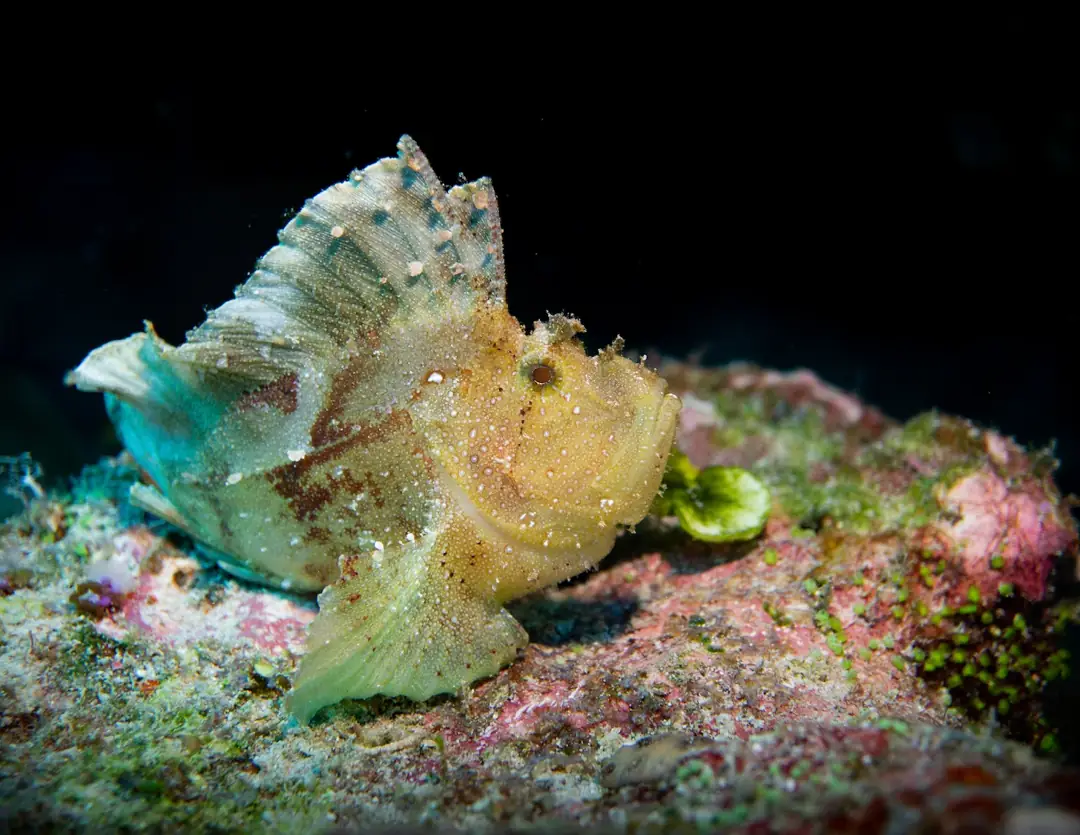Best scuba diving places in the World
Scuba diving is a popular recreational activity that allows enthusiasts to explore the breathtaking underwater environments and diverse marine ecosystems found around the globe. Among the numerous destinations that cater to divers, several stand out due to their exceptional biodiversity, stunning topography, and unique underwater experiences. Notable locations such as the Great Barrier Reef in Australia, Raja Ampat in Indonesia, and the Sipadan Islands in Malaysia have earned acclaim for their vibrant coral reefs, abundant marine life, and opportunities for both novice and experienced divers alike.
The Great Barrier Reef, recognized as the largest coral reef system in the world, attracts millions of divers each year with its rich array of marine species and breathtaking scenery, while Raja Ampat is celebrated for its pristine coral gardens and unparalleled biodiversity.
The Sipadan Islands, famed for their dramatic underwater topography and abundant sea turtles, represent just one of many sought-after diving spots that draw scuba enthusiasts to remote corners of the planet. In addition to these top-tier destinations, the Red Sea in Egypt, the Great Blue Hole in Belize, and the Maldives offer distinct diving experiences, from historic wreck dives to encounters with magnificent marine life like manta rays and whale sharks.
Top Scuba Diving Places
Scuba diving offers a unique opportunity to explore the underwater world, with numerous destinations around the globe renowned for their vibrant marine life and stunning underwater landscapes.Sipadan Islands, Malaysia
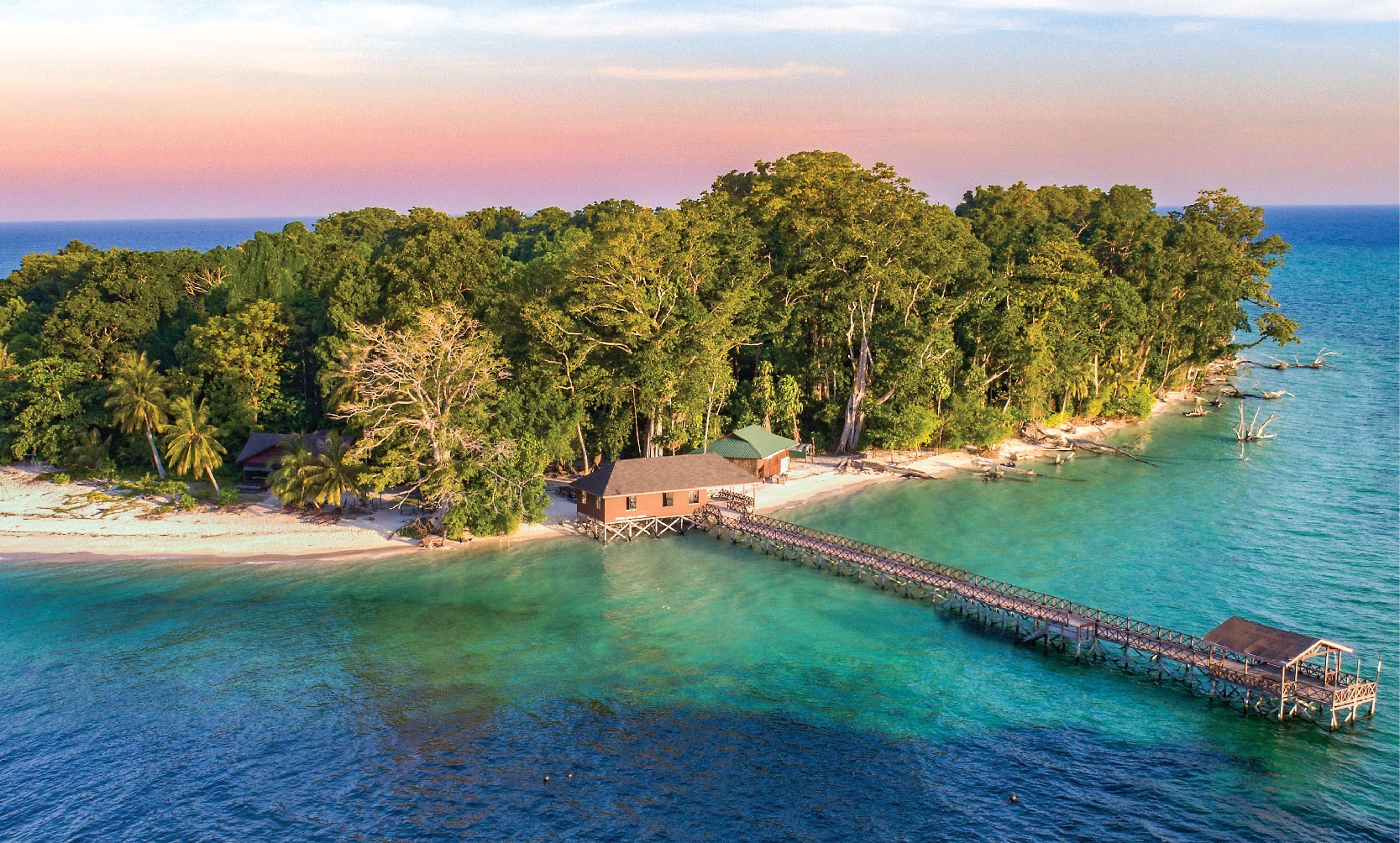
The Sipadan Islands are a premier diving destination known for their rich biodiversity and dramatic underwater topography. Located in the Celebes Sea off the east coast of Sabah, Malaysia, Sipadan boasts exceptional wall diving, abundant sea turtles, and large schools of barracuda and jackfish. The island can be reached via a domestic flight to Tawau, followed by a short transfer to Semporna and a boat ride to the island. Notable dive sites include Barracuda Point, Turtle Tomb, Hanging Gardens, and South Point.
Great Barrier Reef, Australia
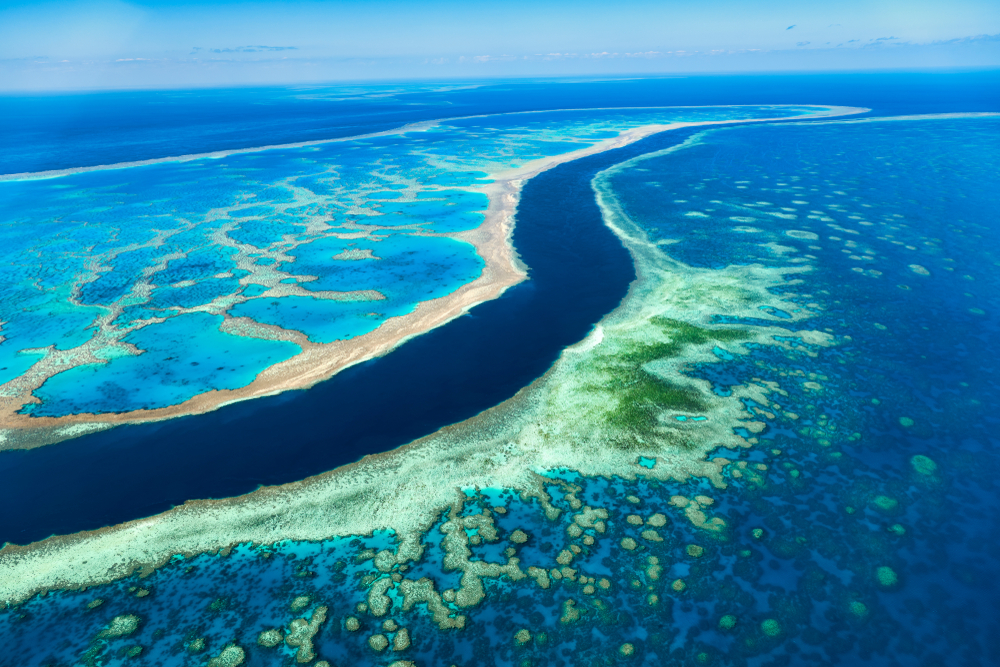
As the world's largest coral reef system, the Great Barrier Reef is a must-visit for divers. Stretching over 2,300 kilometers along the coast of Queensland, Australia, it features thousands of species of fish and breathtaking underwater scenery. The reef is accessible through various points, with dive operators offering guided tours to protected areas that promote conservation efforts.
Diving conditions at the Great Barrier Reef are best during the dry season from May to October, with the prime months being September and October. This period is characterized by sunny weather and the absence of trade winds, which enhances visibility and comfort for divers. Furthermore, these months precede the stinger season, making it an attractive time for underwater exploration.
Raja Ampat, Indonesia
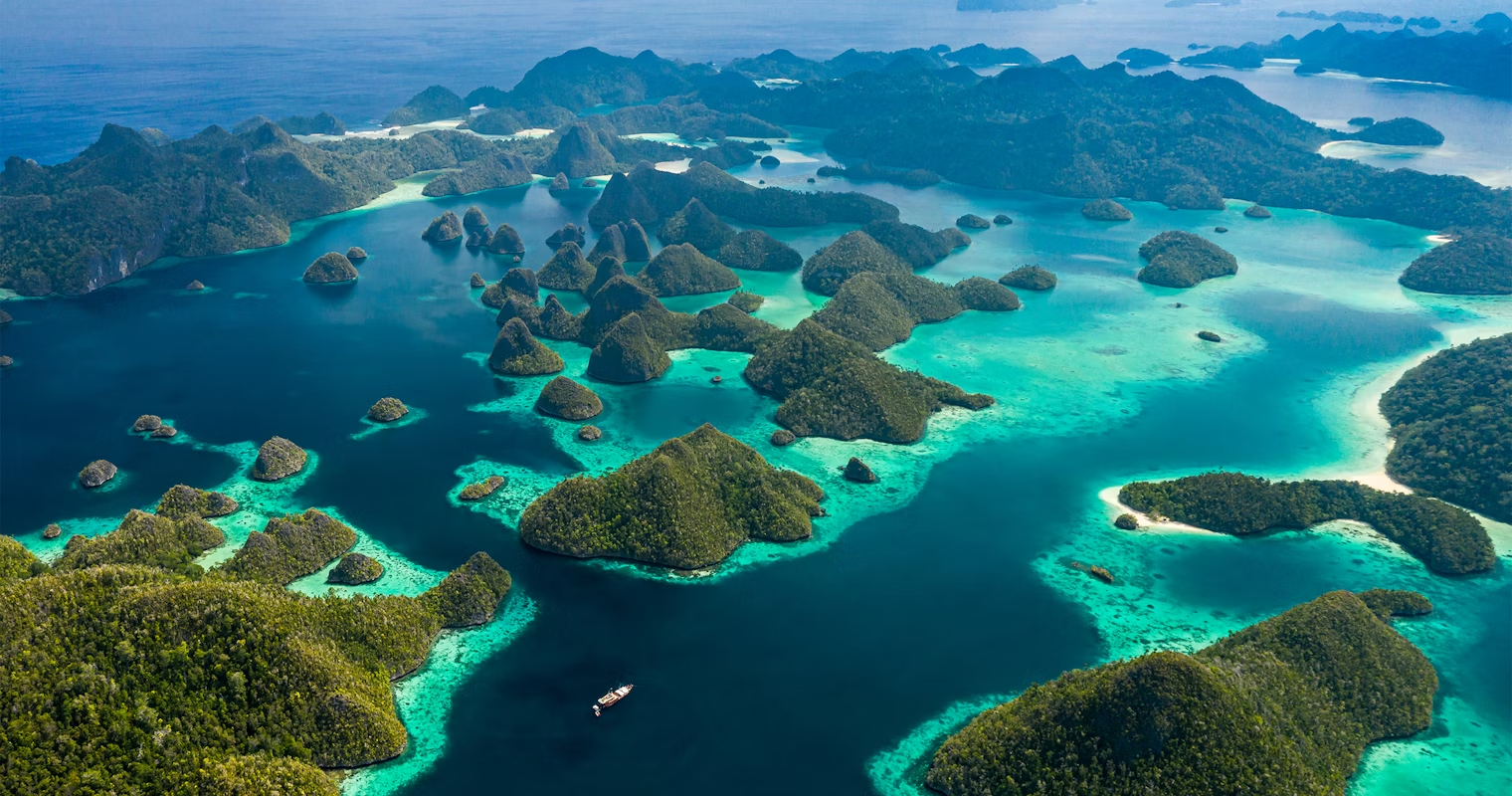
Raja Ampat, located off the northwest tip of West Papua, is renowned for its pristine reefs and abundant marine biodiversity. This region is home to some of the best dive sites in the world, such as Cape Kri and Manta Sandy. The best time to dive here is between October and April, when conditions are ideal for spotting manta rays and a variety of tropical fish.
Raja Ampat is renowned for its stunning biodiversity, sitting at the crossroads of the Indian and Pacific Oceans. It boasts around 75% of the world's coral species and over 1,500 species of fish, providing divers with vibrant coral gardens and opportunities to encounter manta rays. The region's unique underwater ecosystems and crystal-clear waters make it a premier diving destination.
The Red Sea, Egypt
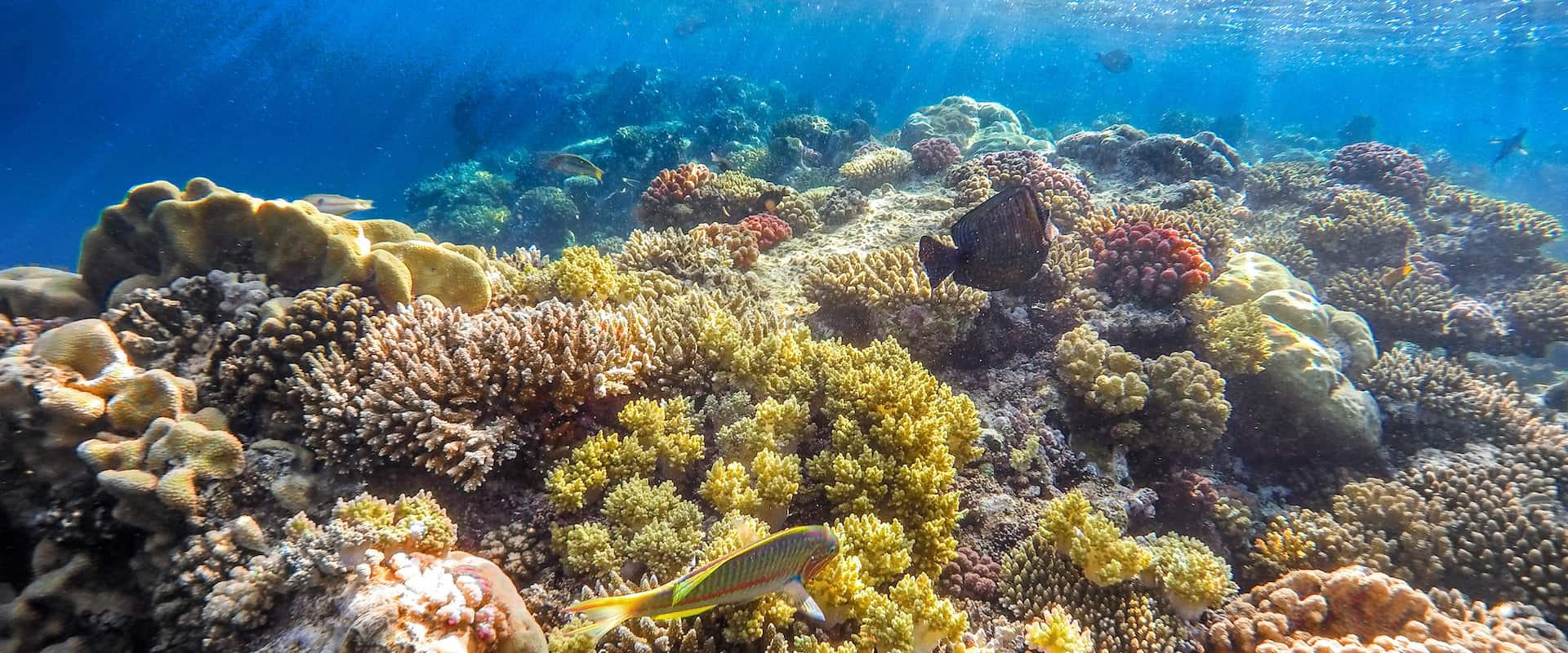
The Red Sea is famous for its clear warm waters and stunning coral reefs, making it a popular diving destination. Key locations include Sharm El Sheikh and Hurghada, where divers can explore wrecks, walls, and vibrant marine life. Notable dive sites include the Thistlegorm Wreck and Ras Mohammed National Park.
The Red Sea offers diverse diving experiences from north to south. Northern sites, like those near Sharm El-Sheikh, are known for their sheltered reefs and accessible wrecks, including the famous SS Thistlegorm. As divers venture south, they encounter remote dive sites such as the Brothers and Daedalus Reef, characterized by steep drop-offs and overhangs that attract pelagic species like oceanic whitetips and hammerheads, making it a world-class destination for divers of all levels.
The Red Sea offers world-class diving experiences with water temperatures ranging from 22°C in winter to 28°C and higher in the southern regions during summer. The low season for diving typically occurs from December to February due to cooler waters, while June to August presents challenges with high temperatures, resulting in less crowded dive sites. Notably, the winter months increase the likelihood of encountering species like the Oceanic White Tip sharks in Egypt and hammerhead sharks in Sudan, while September to November is ideal for observing manta rays.
Great Blue Hole, Belize
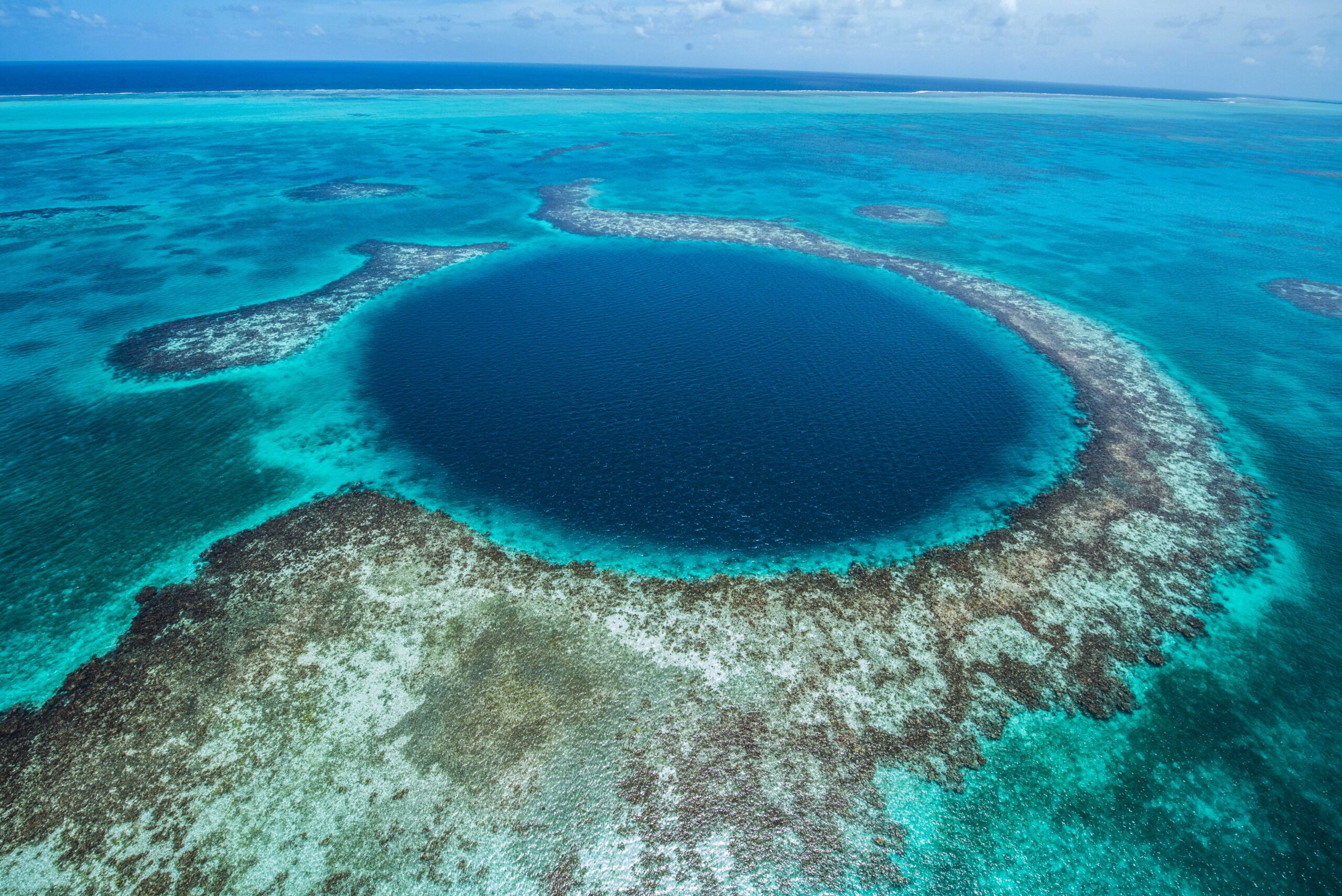
The Great Blue Hole is a giant marine sinkhole located near the Belize Barrier Reef. This UNESCO World Heritage Site attracts divers with its unique geological features and diverse marine life, including sharks and various fish species. The visibility and clear waters make it an extraordinary dive site for both novice and experienced divers.
The Great Blue Hole, located at Lighthouse Reef, is a massive ocean sinkhole that is visible from space. Divers are treated to deep, tranquil dives featuring incredible geological formations like stalactites and stalagmites. This unique site is also home to various shark species, making it an extraordinary diving experience for enthusiasts.
Maldives
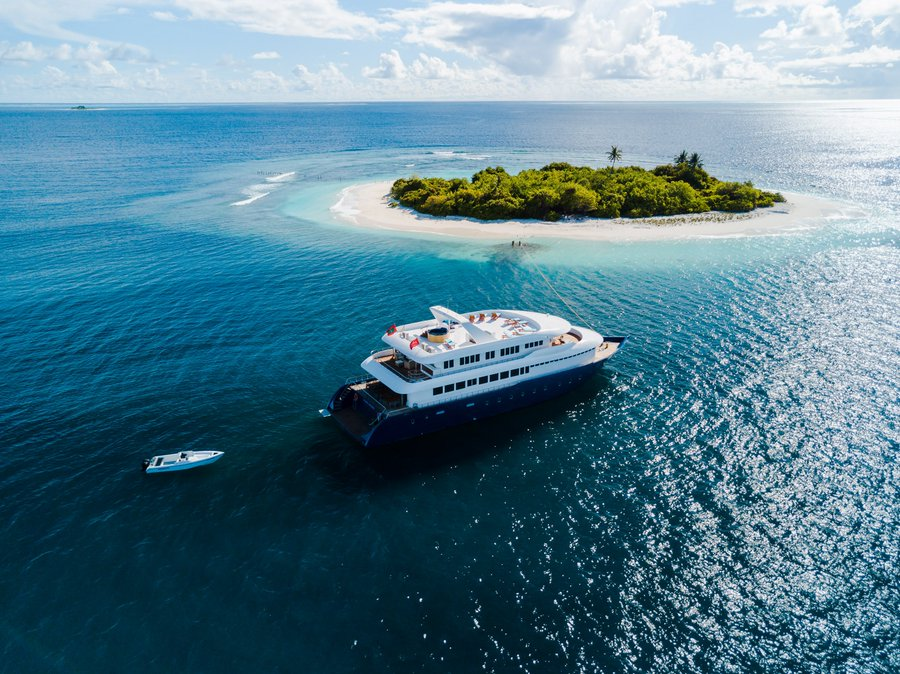
The Maldives is celebrated for its crystal-clear waters, vibrant coral reefs, and diverse marine life. With numerous dive sites featuring shallow reefs and deeper waters, divers can encounter large species such as manta rays and whale sharks. The Maldives offers a perfect setting for both relaxation and underwater exploration. These destinations represent just a fraction of the world’s incredible diving opportunities, each offering unique experiences that attract scuba enthusiasts from around the globe.
The Maldives is known for its remarkable underwater biodiversity and has diving conditions that can vary widely throughout the year. The dry season, which typically runs from November to April, is generally considered the best time to dive, offering optimal visibility and pleasant weather. However, the shoulder months also present opportunities to see diverse marine life while potentially avoiding larger crowds.
